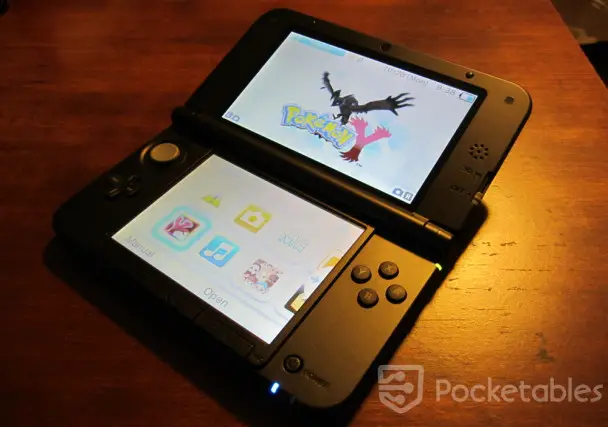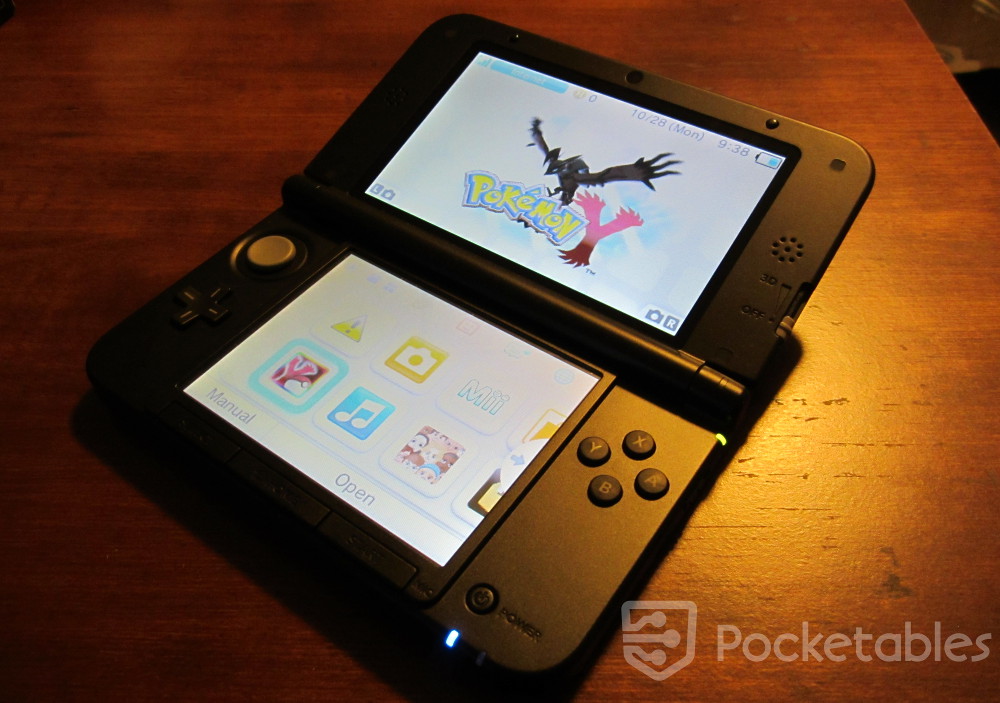Are handheld gaming consoles really, truly dead?

I recently sold my third-generation Apple iPad. Without going into much detail (since you can read all about it here), I’ll say this: everything I wanted from a tablet – which was just entertainment stuff – got to be too much for the old tablet, so it had to go.
And this weekend, I found a replacement: a Nintendo 3DS XL.
When I was thinking about potential devices that may be able to replace my iPad, I had to think long and hard about the void left from selling my iPad and having a Microsoft Surface Pro. The Surface Pro, with its beautiful screen and great form factor, would be able to replace all of my video, music, and reading needs. Unfortunately, it isn’t a Haswell-based PC, nor does it have a dedicated graphics card; in other words, there are very few games I can run well on my Surface Pro – and gaming is one of the things I did most on my iPad.
Keeping that in mind, I narrowed my potential purchases drastically. I could buy a gaming laptop to complement my Surface Pro and gaming desktop and have a device that can’t really go anywhere, last longer than an hour on its battery, or play the latest games at the highest settings; or I could purchase one of the two handheld gaming consoles from either Sony or Nintendo to get my gaming fix on the go.
After considering all the options – including custom laptops that would run into the thousands – I decided that a handheld would be the best way to go. Portable, efficient, and most of all cheap, the PS Vita or Nintendo 3DS XL would nicely fill the void left by the iPad that has left my hands. Unfortunately, deciding on a handheld is a monumental task in and of itself; Sony’s PS Vita wins in multiple departments, including hardware, specifications, and beautiful design, but Nintendo’s 3DS has a games library that Sony can’t even hope to compete with.
Once again, I was back to making a tough decision: better hardware, or better software. Ultimately, the biggest reason I would game so much on my iPad is because it had so many games available, all just a tap of the finger away. The App Store spoiled me with choice and quantity, and I figured that is what would make me the happiest in a handheld console, too. Thus, I went with a matte black Nintendo 3DS XL – and the game I purchased to go along with my new toy is the critically acclaimed Pokemon Y.
After having an entire weekend and a day to play around with the system and the new game, I realized that this was a far better decision that I originally thought it would be. iOS games just aren’t satisfying for long periods of time; you pay $0.99, play them for maybe half an hour, and then throw them in a folder, hardly ever having the motivation to play them ever again. There’s no story, nothing to keep you entertained: they’re so cheap because you’re paying for how short a time you will play them, and the cycle continues. $40 in, and you’ve amassed a staggering amount of games that you’ll never play and just take up space on the dinky internal storage of your iPhone or iPad.
The Nintendo 3DS, on the other hand, takes a very different approach. For the most part, each new game will run you $40, but you will get hours upon hours of entertainment; stories that suck you in and keep you there until you finish them – and in some cases, go even further; and gameplay that truly lives up to the very meaning of the word. I found that instead of trying incredibly hard to last 10 minutes in a junky iOS game, I kept playing Pokemon for hours without even realizing that the time was flying by. I actually felt as if I was in the Kalos Region, actually tossing around my Braixen and… well, catching ’em all.
I feel that my sudden realization that dedicated, handheld gaming consoles aren’t dead is due to the novelty of touch-based devices like the iPhone and iPad simply wearing off. While typing is much faster on a capacitive keyboard, touchscreens don’t come close to the accuracy and undeniable satisfaction that dedicated gaming controls on devices like the Vita and 3DS offer. And because there is no comparison between the two methods of input, developers have to focus on ways to make the game playable on such a device – oftentimes completely ignoring the story and engaging content that separates titles on non-dedicated machines.
Don’t get me wrong: there is definitely a place for quick titles like Super Crate Box and similar titles. But at the same time, I would rather spend five minutes leveling up my Pokemon to get ready for the final Gyms than make sure a few enemies don’t fall into a pit of fire. I’d rather spend my free time in a game that I know will give me the most satisfaction at the end versus wasting a few minutes in a meaningless time waster.
I will very likely be writing a review of the Nintendo 3DS XL in the near future. It won’t be a review of just the 3DS in and of itself, but rather the 3DS and how it has done a good (or, forbid, bad) job of replacing my iPad.
Have any of you switched back to a handheld gaming console after getting sick of the same old on iOS or Android? Or did you come to a new iPhone or Android from a different device for the games that those ecosystems offer?


